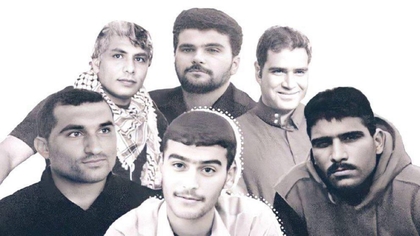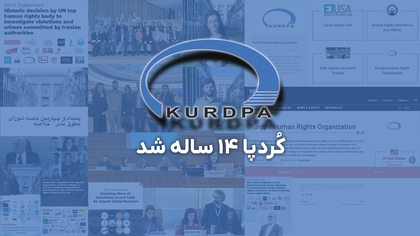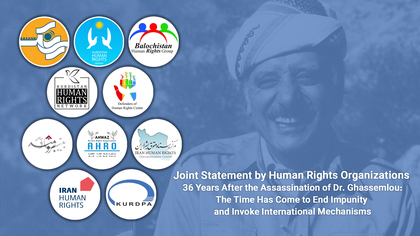Iran to boost monthly cash payments as inflation bites
21:33 - 25 March 2012

KURDPA - Iran is boosting the monthly cash payments it gives to its citizens by more than fifty percent, the Iranian Labour News Agency reported, as soaring inflation and the depreciating Rial continue to bite deep into the national economy.
The Iranian government implemented the first-stage of its Targeted Subsidies Plan towards the end of 2010 in an attempt wean the country off more generous food and fuel subsidies and so cut government spending. At the time, President Mahmoud Ahmadinejad called it the “biggest economic plan of the past 50 years.”
After the additional payment, the vast majority of Iranians will receive 730,000 Rials (around 60 U.S. dollars) in direct monthly cash payments.
The increase will soon be deposited in recipients’ accounts, the head of the organization for targeted subsidies, Behrouz Moradi, was quoted as saying, but cannot be used until the second phase of the government\'s subsidies plans is launched.
The next stage is expected to be introduced in April with the goal of reducing payments from 90 percent to 80 percent of the population. It is unclear from the report if the additional amount will be paid on a monthly or fortnightly basis.
Critics of the plan have accused Ahmadinejad of embarking on a program of wasteful public spending that has resulted in soaring inflation.
Food and fuel prices have spiraled since the reforms were introduced, causing deep financial problems for millions of people across the country. The price of gasoline has risen three-fold and the cost of gas has soared by 500 percent.
Last week Iran’s most powerful authority, Ayatollah Ali Khamenei, gave his full backing to the Targeted Subsidies Plan which he say was an important means of distributing subsidies in a more balanced way.
Last year, the International Monetary Fund commended the Iranian government for the policy which it said had led to a reduction in fuel consumption and inflationary pressure.
According to official figures, inflation has decreased to around 20 percent but critical MPs say the real figure is closer to 50 percent.
New measures imposed by the United States and its allies targeting Iran’s financial and energy sectors have resulted in a dramatic devaluation of the Rial since the beginning of the year.
The Iranian government implemented the first-stage of its Targeted Subsidies Plan towards the end of 2010 in an attempt wean the country off more generous food and fuel subsidies and so cut government spending. At the time, President Mahmoud Ahmadinejad called it the “biggest economic plan of the past 50 years.”
After the additional payment, the vast majority of Iranians will receive 730,000 Rials (around 60 U.S. dollars) in direct monthly cash payments.
The increase will soon be deposited in recipients’ accounts, the head of the organization for targeted subsidies, Behrouz Moradi, was quoted as saying, but cannot be used until the second phase of the government\'s subsidies plans is launched.
The next stage is expected to be introduced in April with the goal of reducing payments from 90 percent to 80 percent of the population. It is unclear from the report if the additional amount will be paid on a monthly or fortnightly basis.
Critics of the plan have accused Ahmadinejad of embarking on a program of wasteful public spending that has resulted in soaring inflation.
Food and fuel prices have spiraled since the reforms were introduced, causing deep financial problems for millions of people across the country. The price of gasoline has risen three-fold and the cost of gas has soared by 500 percent.
Last week Iran’s most powerful authority, Ayatollah Ali Khamenei, gave his full backing to the Targeted Subsidies Plan which he say was an important means of distributing subsidies in a more balanced way.
Last year, the International Monetary Fund commended the Iranian government for the policy which it said had led to a reduction in fuel consumption and inflationary pressure.
According to official figures, inflation has decreased to around 20 percent but critical MPs say the real figure is closer to 50 percent.
New measures imposed by the United States and its allies targeting Iran’s financial and energy sectors have resulted in a dramatic devaluation of the Rial since the beginning of the year.



